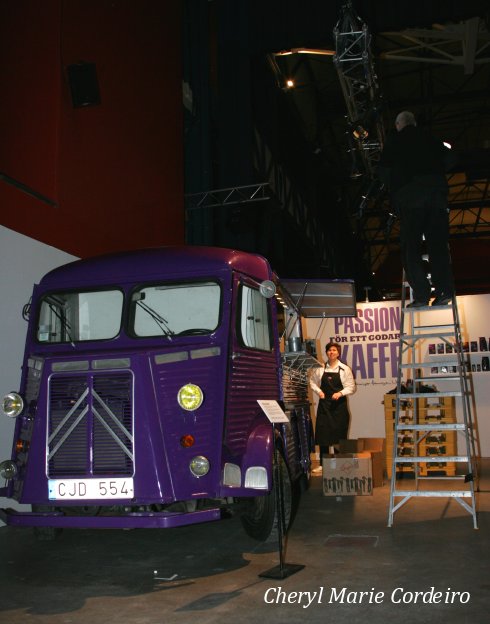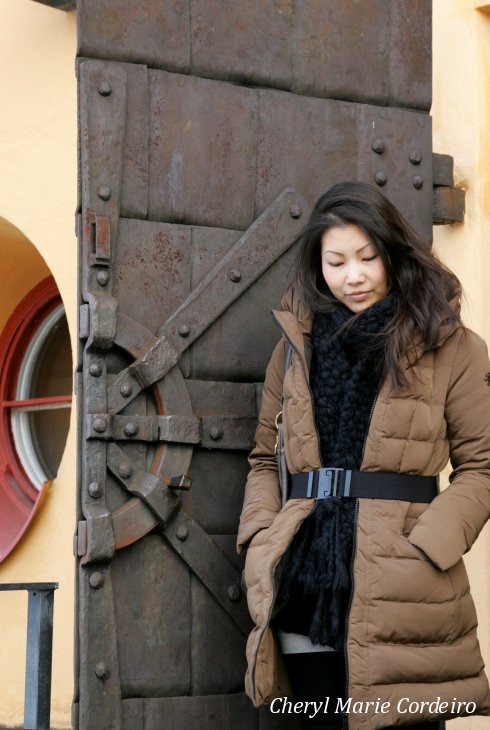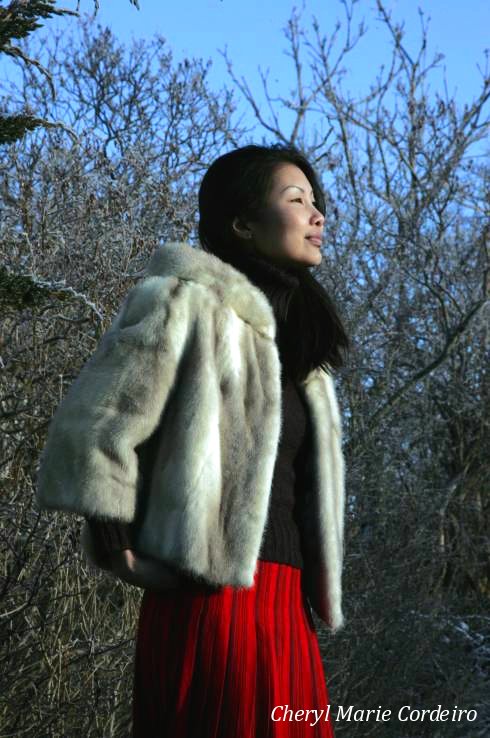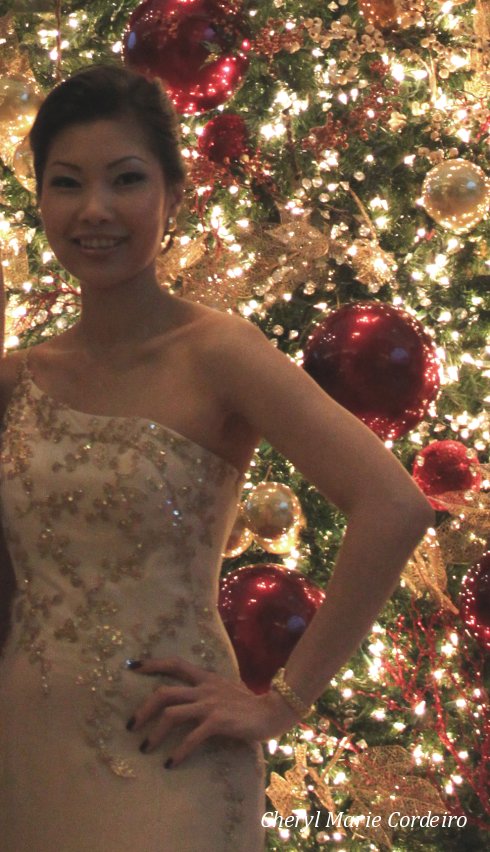
The perfect weekend thing to do – picking up both old and new finds at the annual Donsö Harbour Festival in the Swedish west coast archipelago of Gothenburg.
Photos JE Nilsson and CM Cordeiro Nilsson © 2011
There’s a distinct feel in the air in the past week that the summer that has lingered through the months of July and now August, is beginning to wind down. Though the air is still warm, there’s a chill in the evening breeze that indicate the cold weather that is to come from end of November, carrying on with the months thereafter.
So what better time of the year than right now to celebrate with a little Harbour Festival at Donsö, in the Southern Archipelago of Gothenburg?
Just about 16 km south of the city of Gothenburg, Donsö is one of the larger islands. With its about 1,500 inhabitants, Donsö is a lively community with a bustling business of shipping and ship owning and whatever services else needed to keep a modern business community going. While it is today a part of the Gothenburg municipality of Sweden, until 1974 it was a municipality of its own together with Styrsö and the neighboring islands in the archipelago.
Continue reading “Swedish west coast Harbour Festival, Donsö 2011”










